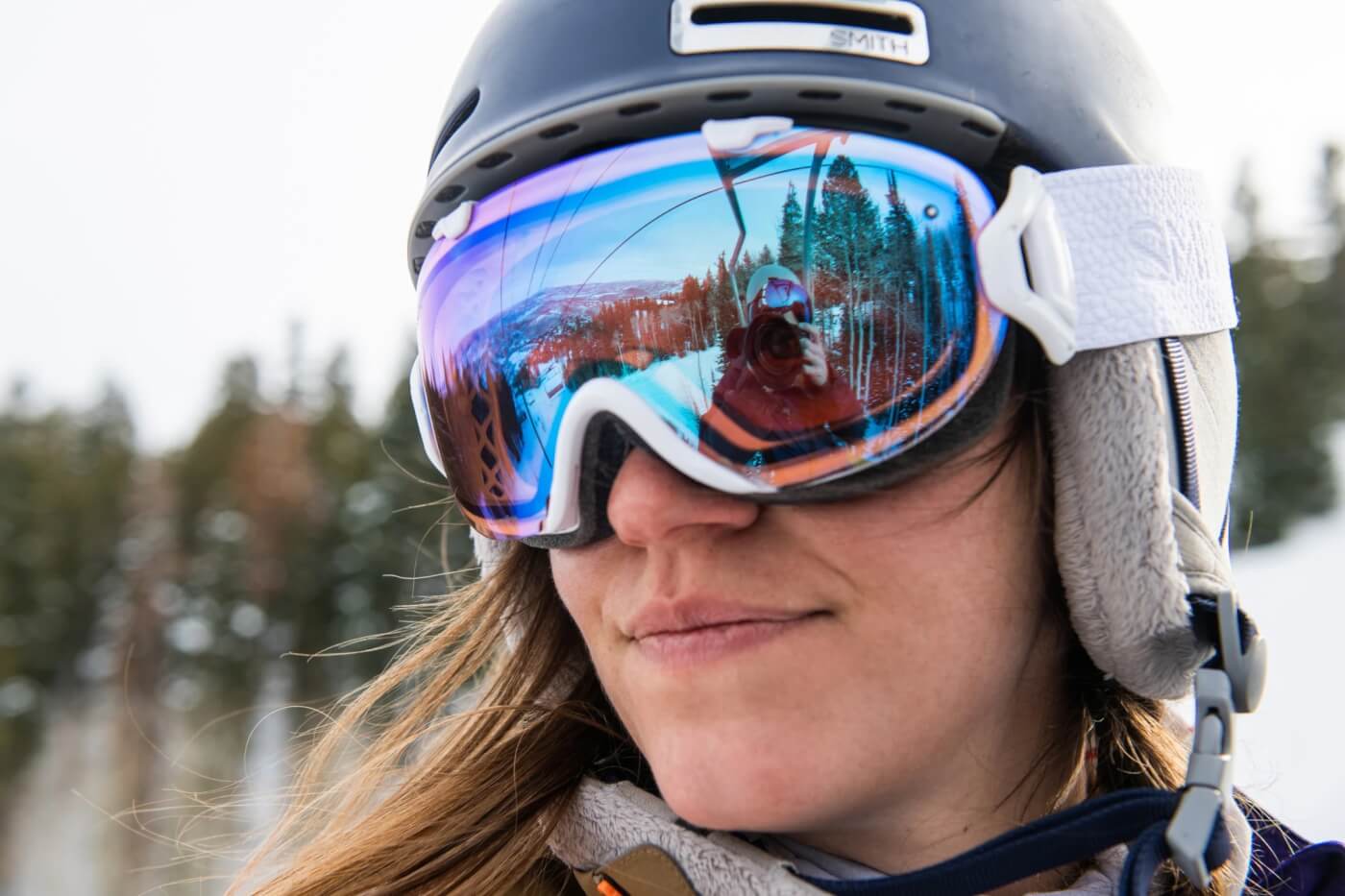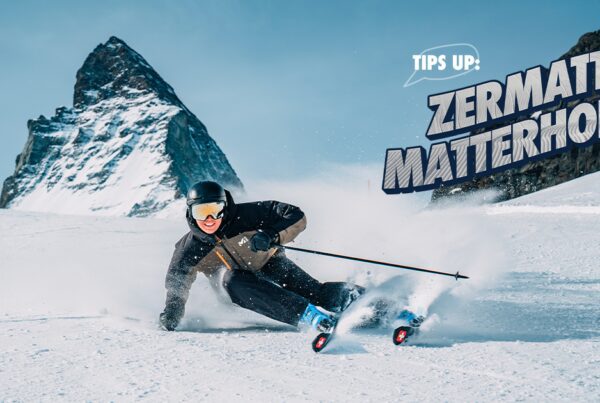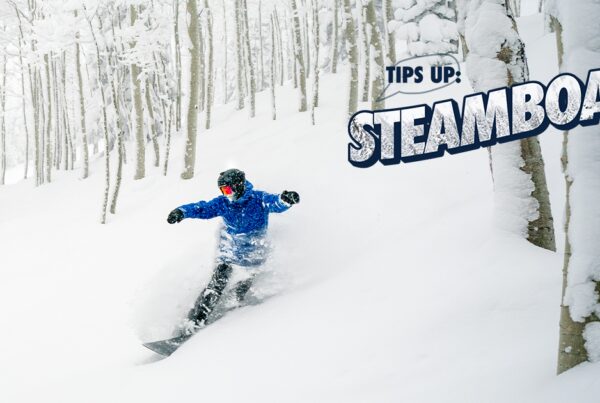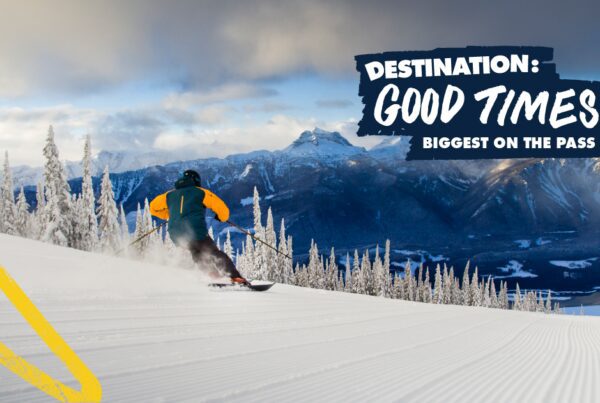You’ve dialed down all the major details of your upcoming ski trip: which destination you’ll be visiting, when you’ll be going, where you’ll be staying, and how you’ll get there. With all those big items checked off your list, it’s easy to save packing for the last minute (because packing should be simple, right?). Well, if you’re a newbie to winter vacations, you may want to take some time to plan the items you’ll need on your ski trip packing list.
If you’re planning your first ski trip, read our recommendations listed below of the packing essentials needed for your ski holiday.
Gear for Skiing
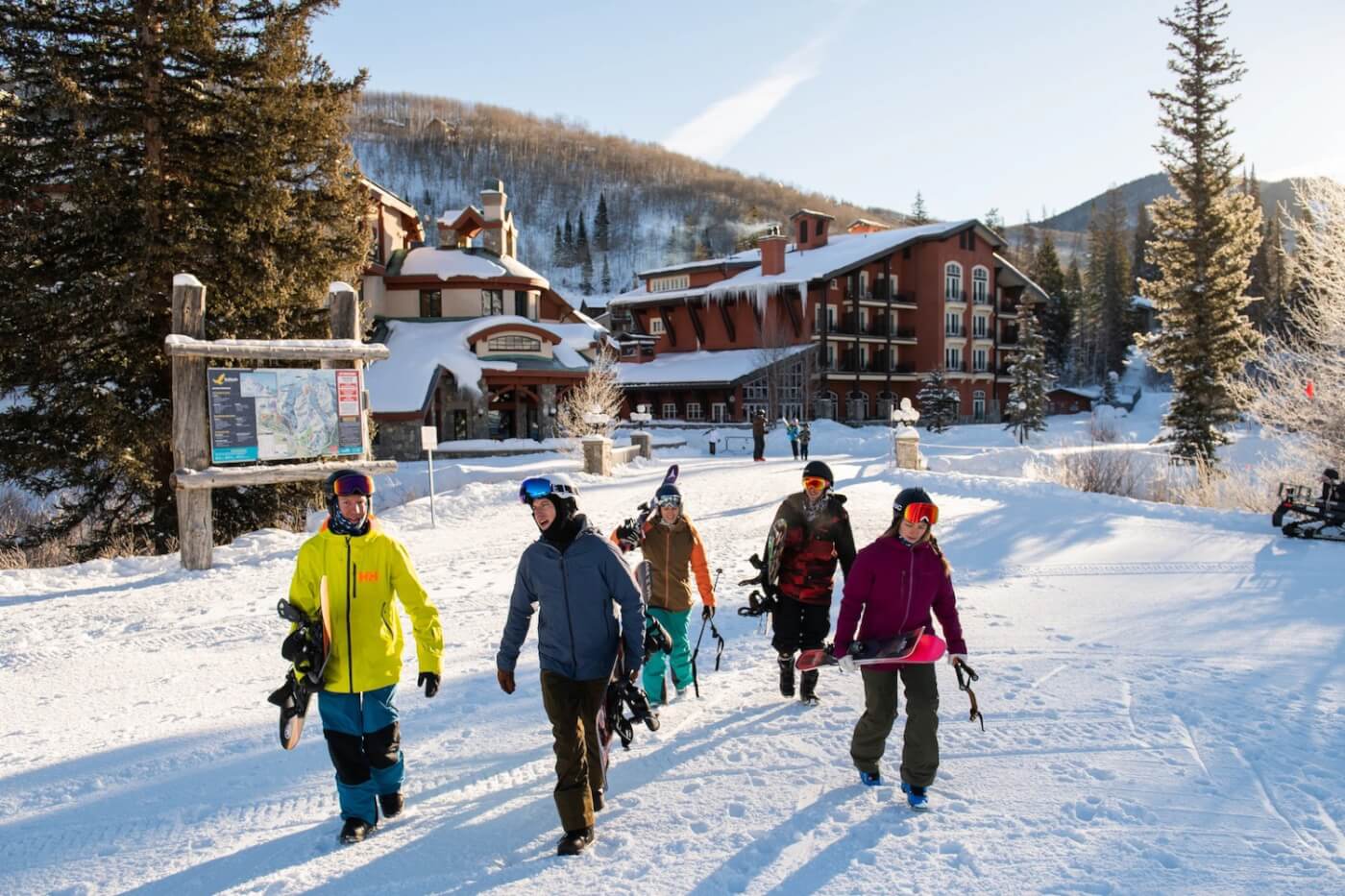
Check out our ski trip packing list below. If you pack with you all the gear necessary to stay warm, dry, and be comfortable, you can focus your days on experiencing the mountain – and the destination – to the fullest.
Jacket
A warm, waterproof, and breathable ski or snowboard jacket is a necessity. Some skiers prefer shells with the ability to double up on the layers underneath, while others prefer an insulated puffy with a faux fur hood. Whatever your preference – make sure it fits well, is breathable so that it keeps you dry, and that it keeps you warm in freezing temps.
Ski Pants
Long gone are the days of jeans on the mountain. In 2021, there is no excuse to not have a waterproof pair of snow pants when skiing or snowboarding. Just like ski jackets, there are insulated and softshell ski pants that offer different levels of protection (and style). Make sure to choose a pair that is comfortable and fits your personality.
Mid Layer / Base Layer
The most fun part about packing for a ski trip: choosing what base layers and mid layers to wear. We recommend bringing as many options as possible, since these items tend to get the most “use” and may feel like wearing the same t-shirt two days in a row if you don’t have a backup option the following day. Because as we all know: cotton is not a good material for layering.
Fun fact: Mid layers and base layers are an opportunity to wear silly prints, bright colors, and show off a funky side since these layers stay hidden for most of the day under your ski and snow jacket.
Gloves / Mittens
Not having the right pair of gloves or mittens for your hands can make or break your ski day (and possibly, your vacation) – so make sure you’re wearing a pair that will keep your digits toasty warm, from first chair to the evening stroll through the village. Some skiers like having their fingers individually warm and separated in gloves, while others prefer the coziness of mittens. With neither right nor wrong, it’s all about choosing what’s best for you.
Fun tip: Hand warmers are a necessity. They’re lightweight, tiny, and extras fit perfectly in a ski jacket pocket.
Beanie
We all know that hats are the ultimate in keeping our bodies warm. Whether you’re drinking your morning coffee by the fireplace or sitting down for your first hot toddy at après, you’ll want a beanie to keep your head and ears warm (and to cover your helmet hair). Beanies are lightweight and easy to pack, and we recommend bringing as many as can fit in your suitcase.
Ski Socks
A good pair of ski socks is worth the additional cost. Just like your layers, you do not want to wear cotton socks. And just like beanies, we recommend bringing as many socks as you can fit, because you certainly don’t want to reuse socks without washing first. There are different types of cold-weather socks, so make sure you keep your fuzzy fleece pair for fireside lounging, and your more technical pair goes on you when you wear your ski or snowboard boots.
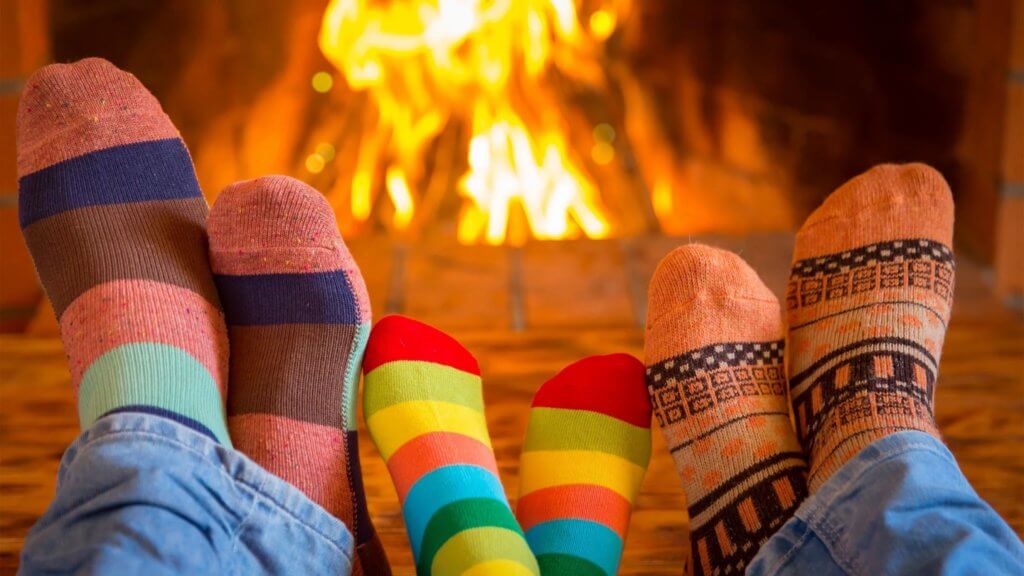 Goggles
Goggles
Goggles are the ultimate eye protection on the mountain. With technologies that assist in flat light and bluebird days, a good pair of goggles is worth the investment. Just make sure to bring a pair of sunglasses (in their case, of course!) in your pocket for a sunny outdoor lunch at the base of the mountain.
Helmet
Helmets help save lives, so why not wear one if it makes that big of a difference in case you take a tumble? Even if you’re an ultra-experienced skier or rider…you better have a proper fitting helmet on your head, every time you head out on the mountain.
Neck Gaiter
Neck gaiters are one of those items that aren’t at the forefront of our minds, but on a windy, brisk day, this item can be a literal day-saver on the mountain. Keep it rolled down around your neck like a scarf when the conditions are a bit warmer, and feel extra grateful you have one to cover your face when the wind picks up and the chill hits deep.
Sunscreen
Sunscreen may be the easiest forgotten item for a day on the slopes, but a very important one to try not to forget. Goggle tans aren’t in, and goggle burns are most definitely not on the must-have list. Even on a cloudy day, UV rays from the sun are still damaging to our skin (cloudy days can even be more dangerous on our skin than a clear sunny day). Although it may seem silly to put sunscreen on your face when it’s 20 degrees outside and you’re covering half your face with goggles, a helmet, and neck gaiter, it is still a necessity to wear for a safe day on the slopes.
The Extras: Warm Clothes, Boots, and a Swimsuit
For those moments you’re not on the mountain, make sure you have warm clothes for lounging around and exploring your ski town surroundings: fleece pullovers, cozy pants, chunky sweaters, oversized hoodies, and fuzzy socks. Warm boots with sturdy traction is a must for walking through town, and a scarf adds extra warmth for when you need it most in the evenings. Soaking in the hot tub is a great way to wind down after a long day on the slopes, so if you’re lucky enough to stay in a place with a hot tub or heated pool, don’t forget to bring a swimsuit and flip flops.
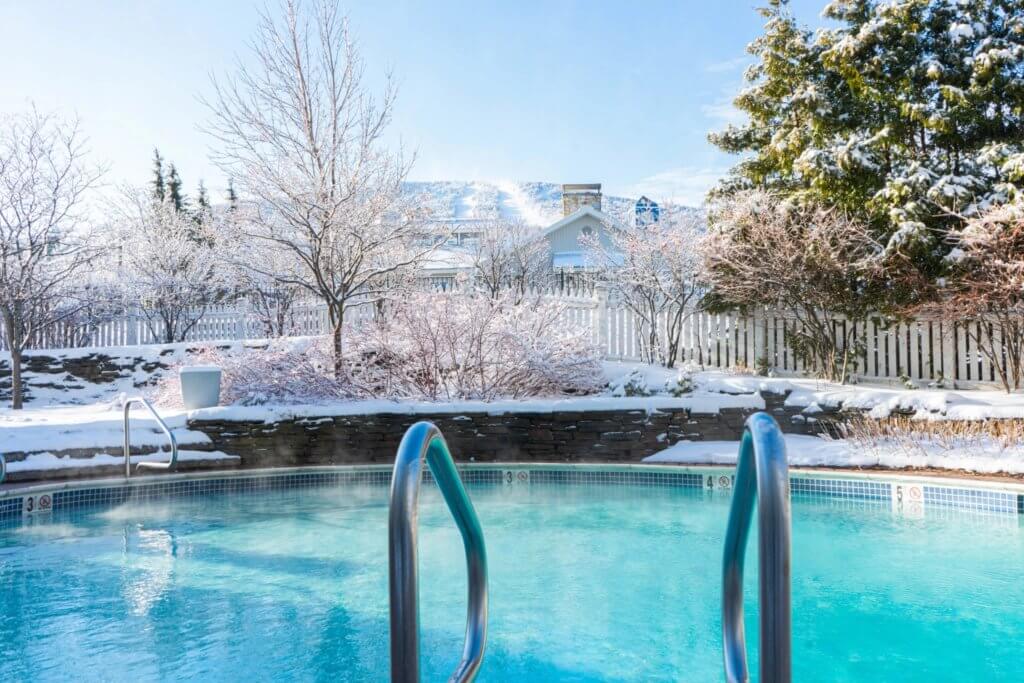
And last, but certainly not least…don’t forget to pack your skis, snowboard, boots, and poles – or, if you don’t own equipment (or prefer not to travel with it), find out how to rent gear here.

